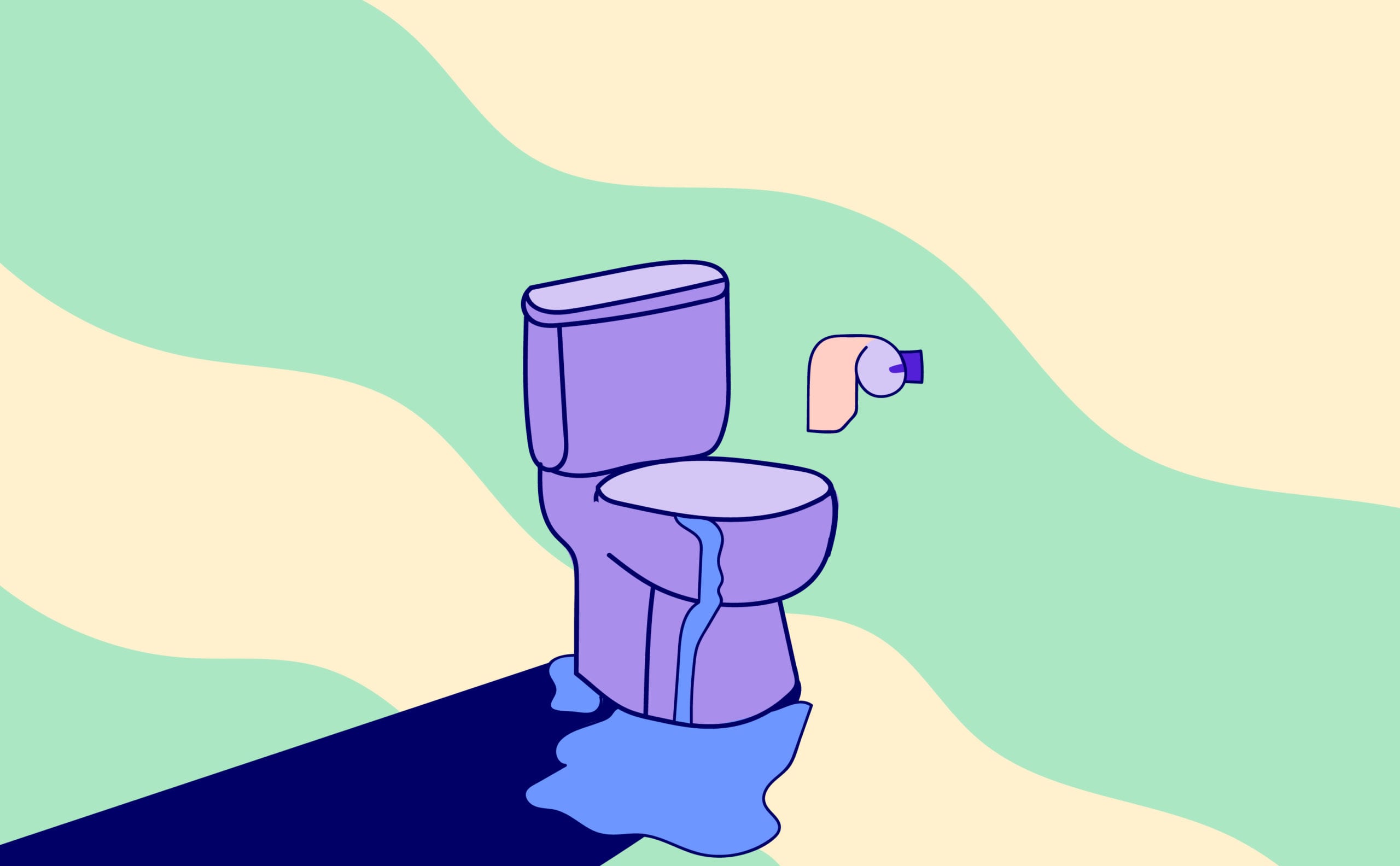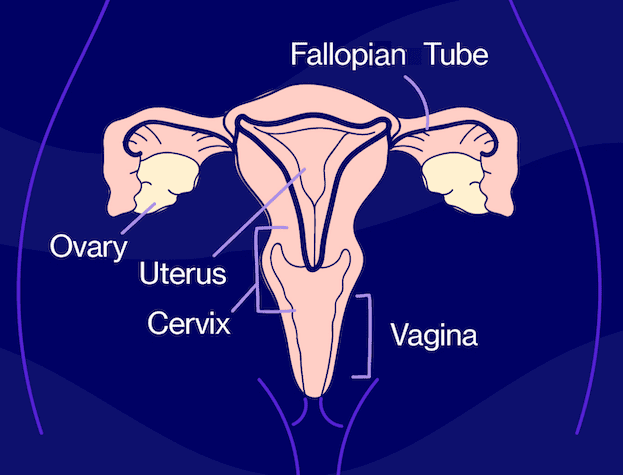We’re all about equipping you with the know-how to understand your symptoms, and we especially emphasize the specific, tangible ways to manage them. Our goal is to empower YOU to take charge of your menopause journey, starting today.
A quick note about product recommendations…Elektra Health is not paid to feature any products. We just like them and think you might too, though we can’t guarantee any results.
Lifestyle
Nutrition & Diet
Bladder irritants to limit or avoid if they give you a problem (not everyone is affected):
- Caffeine: in addition to being a diuretic (producing more urine), caffeine is also acidic, which irritates the bladder…a double whammy!
- Carbonated drinks (also acidic)
- Alcohol
- Acidic fruits (lemons, limes, grapefruits, oranges) & fruit juices
- Tomato-based foods (again, the acid)
- Chocolate
High-fiber foods (whole grains, non-acidic fruits, and veggies) are a good idea for a variety of reasons including minimizing weight gain and constipation.
Interested in learning more about nutritional interventions for menopause? We’ve got you covered.
Holistic Practices
We can’t stress just how important behavioral modifications are when it comes to urinary incontinence. Here are some of the most impactful:
Bladder training (just hear us out on this one)
Bladder training involves spacing out your bathroom visits. Say you currently go every 45 minutes. Try waiting an hour next time, then an hour and fifteen minutes…you get the idea. Jot down when you go because it’s otherwise hard to remember – use this bladder diary to track! The goal should be somewhere between 3-4 hours between urinating, but remember that this takes time. We’re talkin’ months, not weeks, so keep at it!
Quit smoking
There are so many good reasons for quitting smoking and urinary problems are one of them since nicotine can irritate the bladder.
Acupuncture
Although there are promising anecdotal reports supporting the use of acupuncture and acupressure on overactive bladder symptoms (frequency, urgency, incontinence),, more evidence is needed to confirm its effect on urinary incontinence.
Other
When it comes to UTI prevention and general vaginal health, we also recommend wiping from front to back and urinating after sex, and staying hydrated.
Exercise
There are certain exercises that can build strength along the pelvic floor and help ease symptoms like incontinence and pelvic pain.
- Pelvic floor physical therapy: this physical therapy subspecialty focuses on the health of the pelvic floor to help with a wide variety of genitourinary issues like incontinence, pelvic pain, and pelvic organ prolapse. (Check out this conversation with a pelvic floor therapist for more great tips!)
- Yoga poses specifically tailored to the pelvic floor: savasana with bent legs, knees to chest, warrior 2, cat-cow, wide-legged squad, and wide-legged forward fold
- Kegel exercises: imagine you are sitting on a marble, then tighten your pelvic muscles for ~3 seconds as if you’re lifting up the marble. Relax for a count of three and repeat. Be sure not to contract your abdominal muscles as you do this – put your hand on your belly as you do a Kegel so you can feel if your muscles are tightening. This can help with incontinence. The pelvic muscle strengthening reduces leakage during stress incontinence especially if you can remember to do a Kegel as you are about to sneeze. If you have urgency incontinence, try to contract your pelvic floor muscles when you get the urge to go, this will allow the urge to go away for long enough for you to find a bathroom so you will not have a leak.
In addition to strengthening the pelvic floor, regular exercise helps us maintain a healthy BMI which, in turn, helps with urinary leakage (since excessive body weight puts pressure on our abdomen and bladder) worsening stress incontinence.
Supplements & Over-the-Counter Solutions
Supplements and over-the-counter solutions may be effective in easing urinary symptoms…if you choose wisely. We recommend consulting with your healthcare provider first to ensure you’re using something with optimal efficacy and safety (i.e. backed by clinical research) or consulting with Elektra’s providers. Here’s a quick primer from our team on how to go about selecting high-quality supplements. These supplements may be helpful specifically for frequent UTIs:
Probiotics
The studies on probiotic supplements for UTI prevention and treatment show mixed results. They can’t hurt, and may help. We suggest trying probiotics with Lactobacillus rhamnosus and Lactobacillus reuteri bacteria as part of a UTI prevention strategy — they’ll often be labeled as “vaginal and urinary health.”
Recommended brands include Metagenics, HUM, Uqora, and Garden of Life.
Cranberry extract
Cranberry extract contains proanthocyanidins (PACs), which is a compound found naturally in cranberries that supports urinary tract health. There is some mixed evidence that these help prevent bacteria from adhering to the bladder wall, thus preventing infection.
While cranberry extract may be helpful, studies have shown that cranberry juice isn’t. Plus, cranberry juice is usually loaded with sugar to temper the tart flavor. It’s best to stick with an extract, like this one.
Azo
Azo is a type of over-the-counter medication that can help ease discomfort associated with UTIs, although it should be noted that a common side effect is bright orange urine. Note that Azo just treats UTI symptoms, it doesn’t treat the cause of the infection.
Prescription
Hormonal
The use of hormone replacement therapy (HRT) — especially in the form of topical vaginal estrogen or DHEA — can reduce UTI frequency and improve symptoms of urinary urgency.
Vaginal estrogen is available in the form of tablets (Vagifem, Yuvafem), inserts (Imvexxy), creams (Estrace, Premarin Vaginal), and rings (Estring, Femring). DHEA, a precursor hormone to estrogen and testosterone in the vagina, is also available as suppositories (Intrarosa).
For more information on HRT — including potential risks — refer to our complete guide.
Non-Hormonal
Culture-sensitive antibiotics
The only true treatment for UTIs is a course of culture-sensitive antibiotics that have been shown to be active against the bacterial organism identified in a urine culture. The course typically lasts between 3-7 days, although it depends on the individual circumstances. Culture-sensitive means you want to see a healthcare provider and provide a sample that can be analyzed by the lab, to ensure the antibiotic prescribed is well-suited to the infection, particularly if this isn’t your first UTI.
Antibiotics may also be prescribed as prevention in some circumstances. Many women be prescribed a single dose of an antibiotic to be take prior to sex if that tends to be the cause of infection.
Specialty Urologic Medications
There are other medications prescribed by urologists for urinary urgency and frequency due to overactive bladder, including tolterodine (Detrol), oxybutynin (Ditropan), and mirabergron (Mybertriq).
Procedures
Lasers and radiofrequency vaginal treatments
Lasers (e.g., Mona Lisa Touch) and radiofrequency vaginal treatments (e.g., Viveve) have been shown to help with urinary symptoms and recurrent UTIs due to menopausal changes. Lasers work by burning a grid of tiny holes in the tissue surface, stimulating tissue repair and healing. Radiofrequency treatments heat up vaginal tissues to stimulate collagen and elastin production. However, more evidence is needed as there’s some controversy around the efficacy of laser treatment among gynecologists and urogynecologists.
We’re always keeping an eye out on emerging research and the latest clinical studies. Subscribe to our weekly Elektra Digest for the latest, science-based info direct to your inbox. Something work well for you that’s not listed here? We want to hear it! Shoot us a note at [email protected]. (We’re human, promise.)
Pro tip #2
Difficulty sleeping is a common menopause symptoms (thanks, night sweats and hormonal changes). To ensure that urinary incontinence isn't affecting sleep, limit drinks 4-6 hours before bed and urinate right before you get into bed. Do a quick scan of your medications to see if any act as diuretics, which increase the amount of water expelled through urine.
Pro tip #3
Frequent burning with urination that tends to get better after you urinate can be a sign of a condition called interstitial cystitis, a chronic inflammatory condition of the bladder. We don't know what causes it, and it's often diagnosed with a urine culture that is negative despite having UTI-like symptoms.
Disclaimer: This information is for general educational purposes, and should not be used as a substitute for medical advice, diagnosis, or treatment of any health condition or problem.
As with anything you put into your body, taking dietary supplements can also involve health risks. You should consult a medical professional before taking supplements and inform your doctor about any supplements, as well as any medications you already take, since there may be interactions.
Helpful? Share the wealth!
Share with a friend who deserves evidence-based expertise &
solutions.






